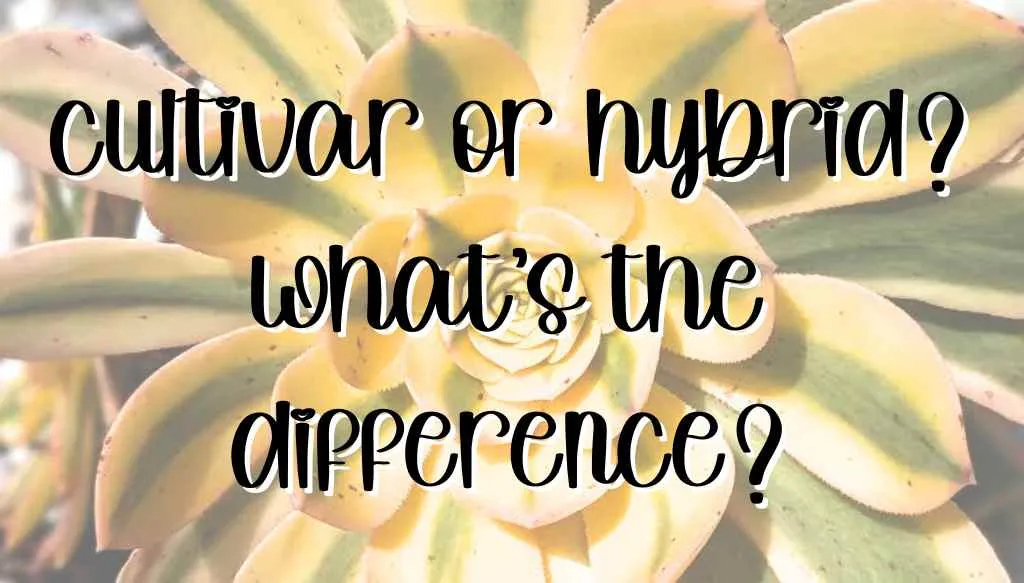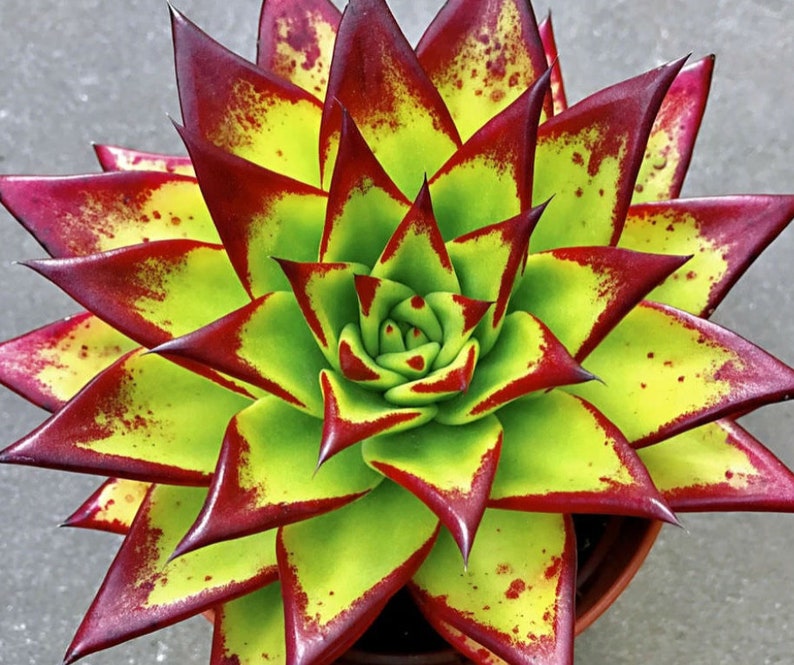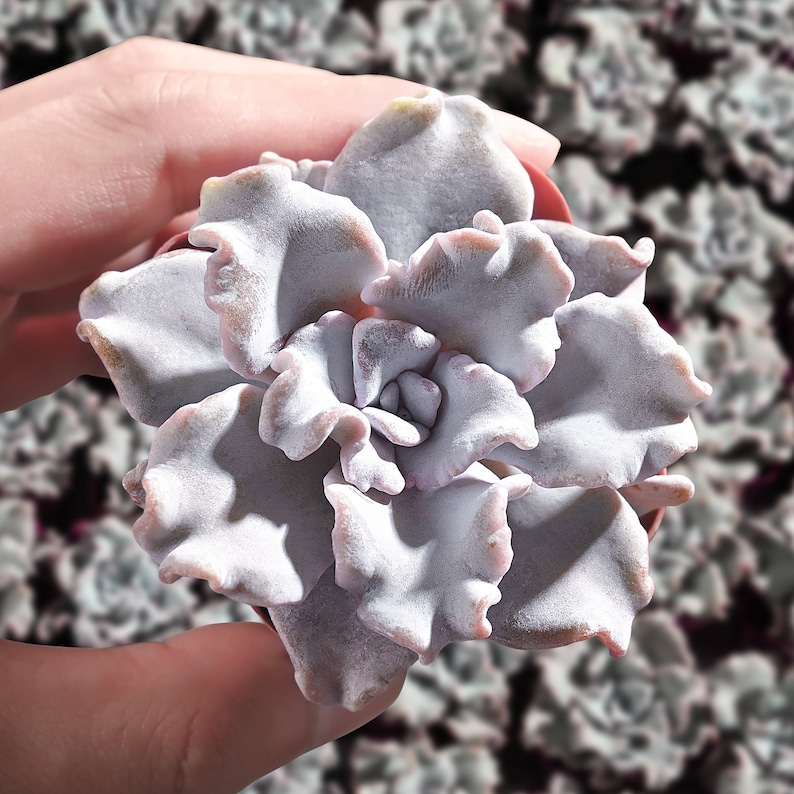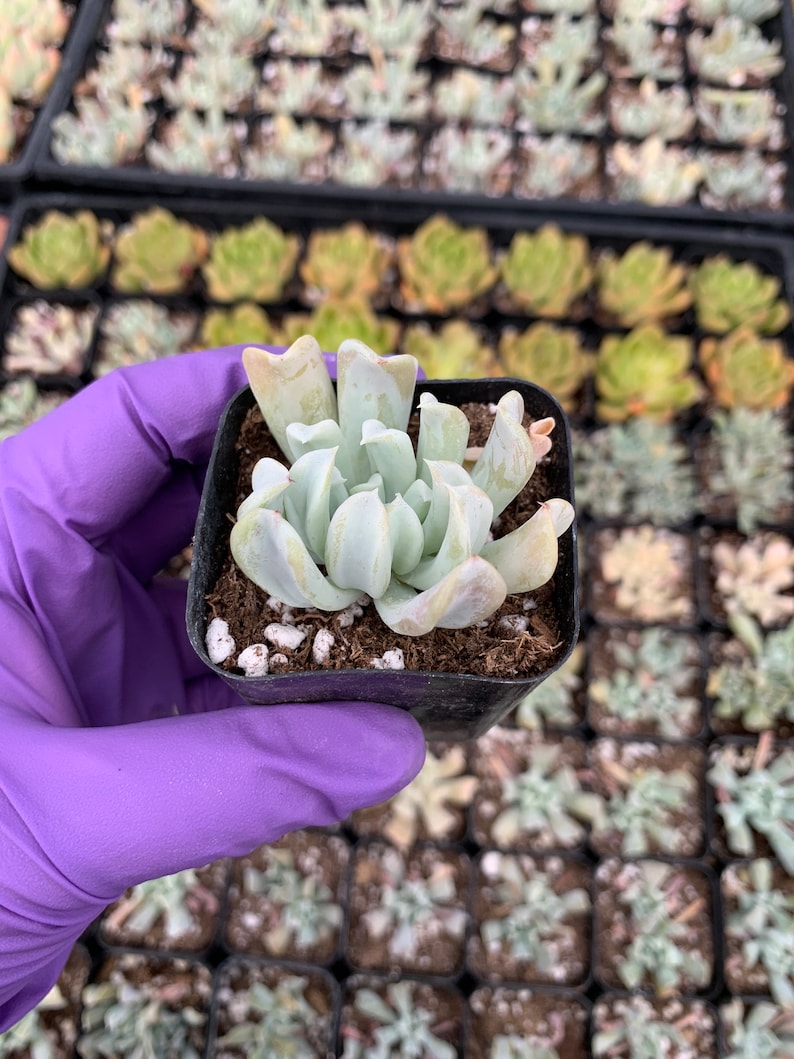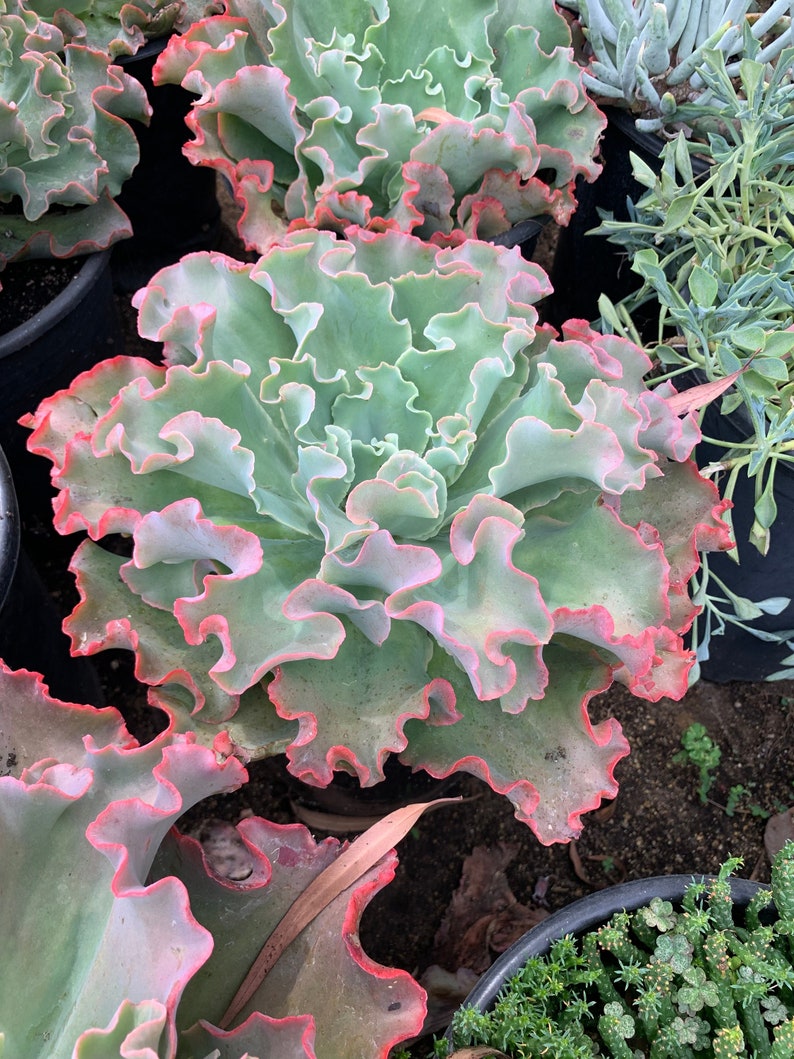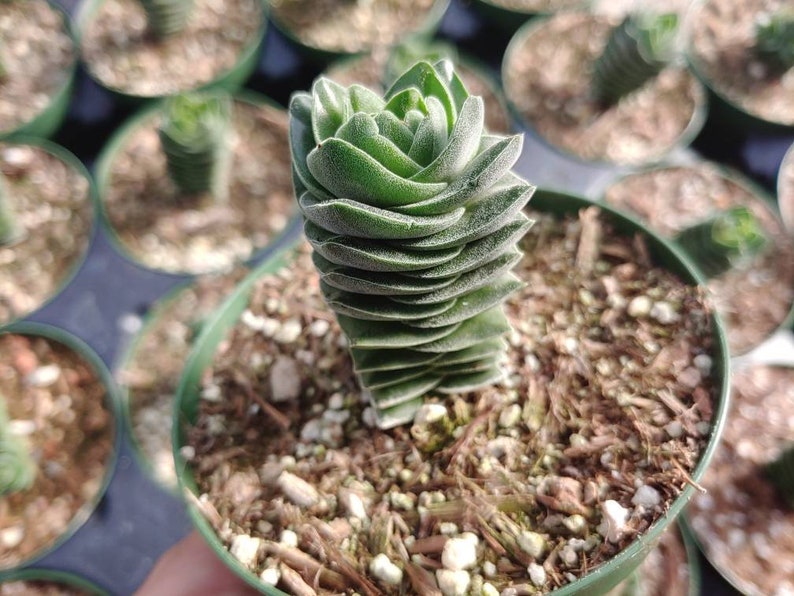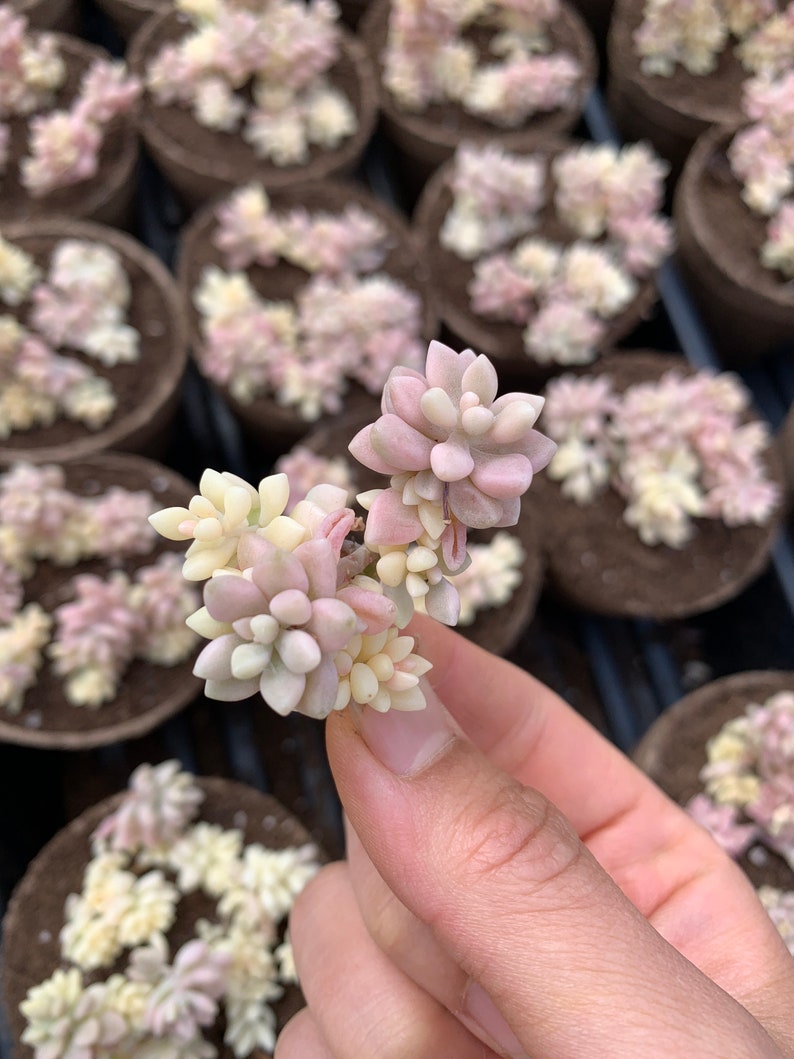Succulents have taken the world by storm with their unique beauty and resilience. As a succulent enthusiast, you may have come across the terms “cultivar” and “hybrid” when exploring different succulent varieties. These terms refer to specific methods of breeding and propagating succulents, resulting in distinct characteristics and traits. In this article, we will delve into the difference between a succulent cultivar and hybrid, exploring the breeding techniques, characteristics, and benefits of each.
Dig in!
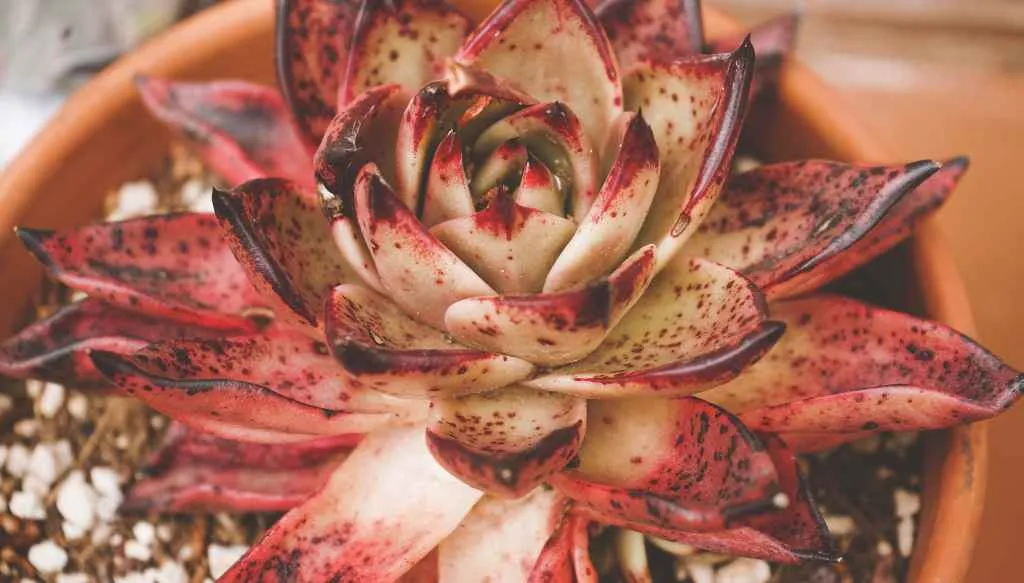
Understanding Succulent Cultivars
A cultivar, short for “cultivated variety,” refers to a plant that has been selected and propagated for specific desirable traits. These traits can include unique colors, patterns, shapes, or growth habits. They are created through a process called selective breeding, where specific plants with desired characteristics are cross-pollinated to produce offspring that inherit these traits.
How are Succulent Cultivars Created?
Succulent cultivars are created through careful selection and controlled breeding. Breeders choose parent plants with desired traits and cross-pollinate them to produce offspring with a combination of these traits. The offspring are then carefully monitored and selected based on their appearance and adherence to the desired traits. Through successive generations of selective breeding, cultivars with stable and consistent traits are established.
Characteristics
The primary goal of creating succulent cultivars is to develop unique and aesthetically pleasing plants. They often exhibit characteristics such as vibrant colors, intricate patterns, unusual shapes, or distinct growth habits. These traits make them highly sought after by succulent enthusiasts looking to add variety and visual interest to their collections.
Benefits
Succulent cultivars offer several benefits to succulent enthusiasts. Their unique characteristics make them stand out in a collection, adding a touch of individuality and beauty. Additionally, they are often bred to be more resilient and adaptable, making them easier to care for compared to their wild counterparts. They also provide an opportunity for breeders to explore and experiment with different combinations of traits, pushing the boundaries of succulent diversity.
Exploring Succulent Hybrids
A succulent hybrid refers to a plant that is created by crossing two different species or varieties of succulents. Unlike cultivars, which are bred for specific traits, hybrids are the result of mixing genetic material from different plants to create unique combinations of characteristics. Hybrids often exhibit a blend of traits inherited from both parent plants.
How are Succulent Hybrids Created?
Creating succulent hybrids involves cross-pollinating two different succulent species or varieties. The pollen from one plant is transferred to the stigma of another, leading to fertilization and the production of seeds. These seeds, when planted, give rise to offspring that inherit traits from both parent plants. The resulting hybrids can display a wide range of characteristics, depending on the genetic makeup of the parents.
Characteristics
Succulent hybrids exhibit a combination of traits inherited from their parent plants. This can result in a unique blend of colors, patterns, shapes, and growth habits. Hybrids often showcase a diverse array of characteristics that make them visually striking and intriguing to succulent enthusiasts. Due to the genetic diversity present in hybrids, they may also exhibit increased vigor and resilience compared to their parent plants.
Benefits of Succulent Hybrids
Succulent hybrids offer several advantages to succulent enthusiasts. Their unique combination of traits adds diversity and excitement to any collection. Hybrids often exhibit enhanced vigor and adaptability, making them well-suited for various growing conditions. Additionally, the process of creating hybrids allows breeders to explore new possibilities and potentially discover novel succulent characteristics.
Cultivars and Hybrids: A Comparison
While both succulent cultivars and hybrids offer unique and desirable traits, there are some distinct differences between the two breeding methods. Let’s compare cultivars and hybrids in various aspects:
Breeding Technique
Cultivars are created through selective breeding, where specific parent plants with desirable traits are cross-pollinated to produce offspring with consistent traits. Hybrids, on the other hand, are the result of crossing two different species or varieties to create offspring with a combination of traits from both parents.
Genetic Stability
Cultivars are bred to be genetically stable, meaning that their desirable traits are consistent and reproducible across successive generations. Hybrids, however, may exhibit a wider range of traits due to the genetic diversity inherited from the parent plants.
Variation and Diversity
Cultivars often exhibit specific and unique traits that have been selected for, resulting in a narrower range of variation within a cultivar group. Hybrids, on the other hand, can display a wider range of characteristics due to the combination of traits inherited from two different parent plants.
Availability and Rarity
Cultivars are typically more readily available in the market compared to hybrids. This is because cultivars can be reproduced through vegetative propagation, such as leaf or stem cuttings, while hybrids are created through controlled cross-pollination and may require more specialized breeding techniques.
Visual Appeal
Both cultivars and hybrids offer visual appeal, but in different ways. Cultivars are often selected for specific aesthetic traits, such as unique colors, patterns, or shapes, making them visually striking and sought after by collectors. Hybrids, on the other hand, can surprise and delight with their unpredictable combinations of traits, resulting in visually intriguing and sometimes unexpected appearances.
Resilience and Adaptability
Cultivars are often bred for specific traits, including enhanced resilience and adaptability. This means that cultivars may be better suited to certain growing conditions and may require less specialized care compared to their wild counterparts. Hybrids, due to their genetic diversity, may also exhibit increased vigor and resilience, making them adaptable to a wider range of environments.
Succulent cultivars and hybrids offer succulent enthusiasts a wide range of unique and visually appealing options to choose from. Cultivars are carefully bred for specific desirable traits, resulting in consistent and reproducible characteristics. Hybrids, on the other hand, are created through cross-pollination, leading to a blend of traits inherited from two different parent plants. Both cultivars and hybrids contribute to the diversity and beauty of the succulent world, providing collectors with endless possibilities for creating stunning and individualized collections. Whether you prefer the stability of cultivars or the excitement of hybrids, exploring and appreciating the different breeding methods can add a new level of fascination to your succulent journey.

